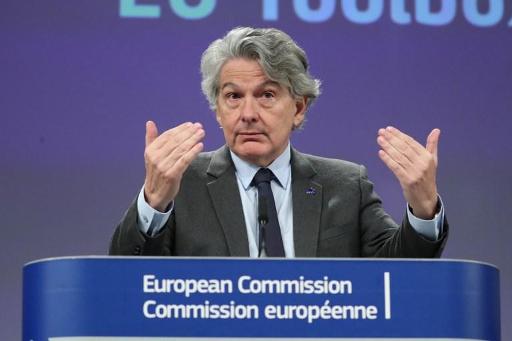The European Commission on Wednesday approved a new toolbox of recommendations aimed at enabling member States to securely manage the rollout of 5G technology.
The name of China’s Huawei company, which leads the way in 5G equipment but is banned in the United States, was not mentioned. However, it was in everyone’s mind, even if no commissioner spontaneously named it on Wednesday when presenting Europe’s 5G strategy.
Europe accepts everyone, but has clear, stringent rules, Thierry Breton, Commissioner for the Internal Market, said, explaining the European Union’s position. The measures proposed in the toolbox were based only on objective criteria and are not aimed at excluding anyone, the Frenchman stressed.
In other words, theoretically, Huawei can operate in Europe once it respects the Union’s rules and conforms to the framework designed to mitigate the security risks associated with 5G deployment. “You will not hear anyone at the Commission saying such and such a country is being targeted,” Breton said. “That is not our role.”
To develop the toolbox validated on Wednesday, each country first identified the various risks and vulnerabilities linked to the 5th Generation of mobile network technology. They then proposed a series of solutions which were put together, resulting in Wednesday’s non-binding series of measures. States are called upon to implement the key measures by April and prepare a report on their implementation by the end of June.
The measures include a requirement for all States to make sure that each operator has a strategy to ensure the diversification of vendors, so that it is not dependent on a single supplier. States should also “apply relevant restrictions” for suppliers considered to be high risk. At the same time, Europe will need to keep building its own capacity in the area of 5G and post-5G technology through the available programmes and financing.
The Brussels Times

